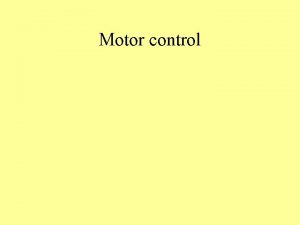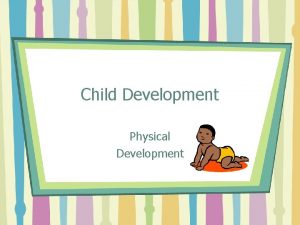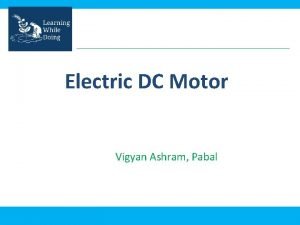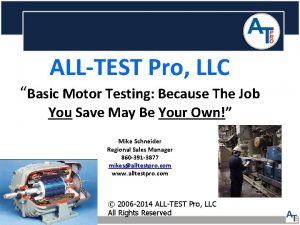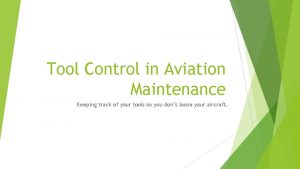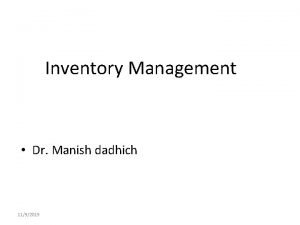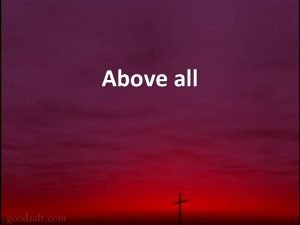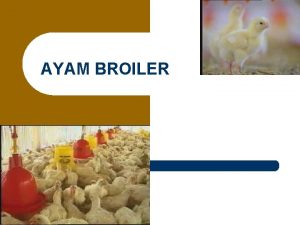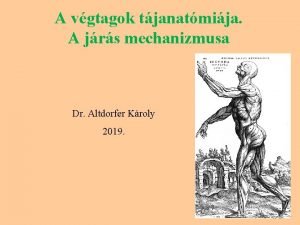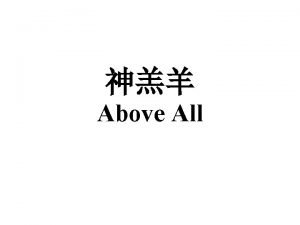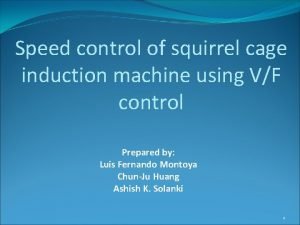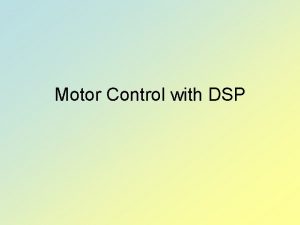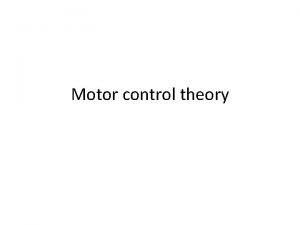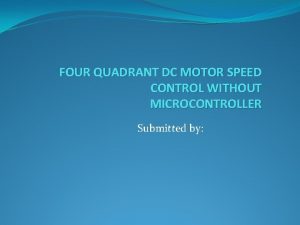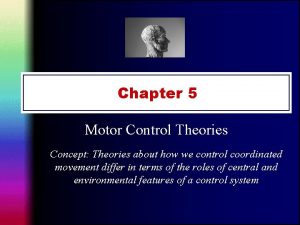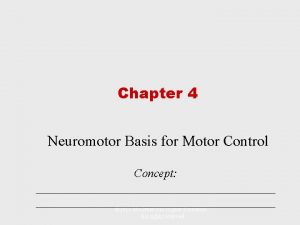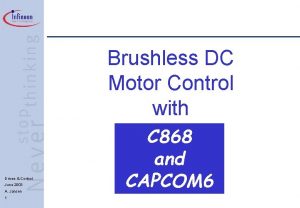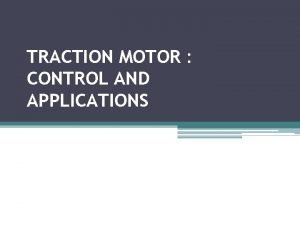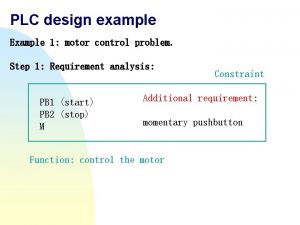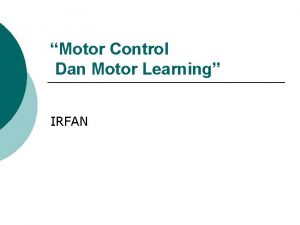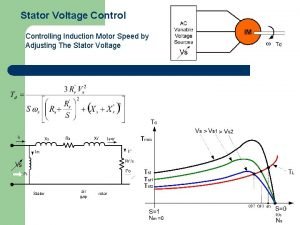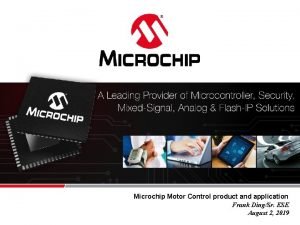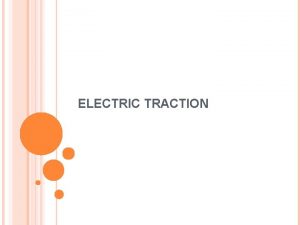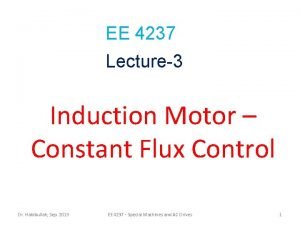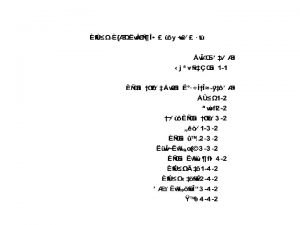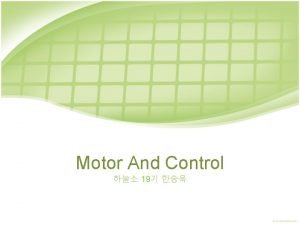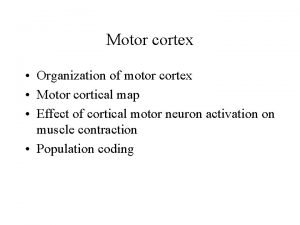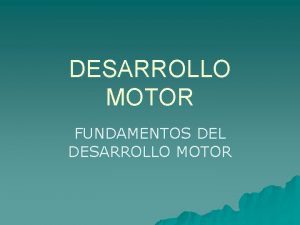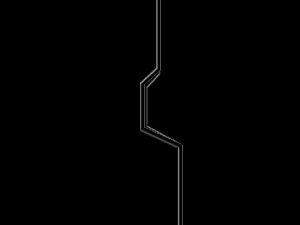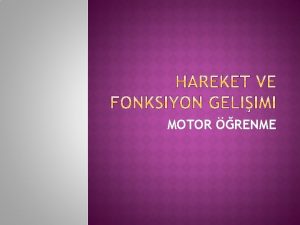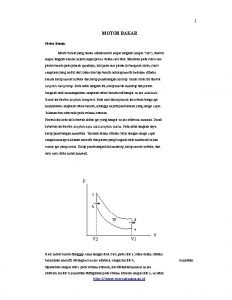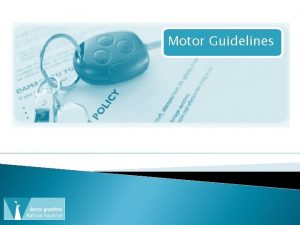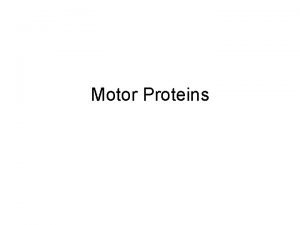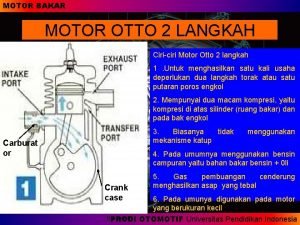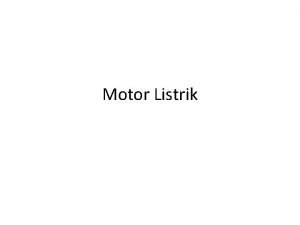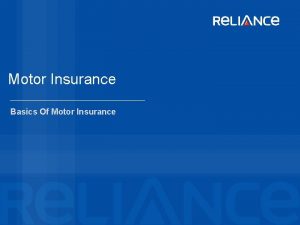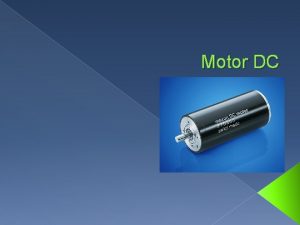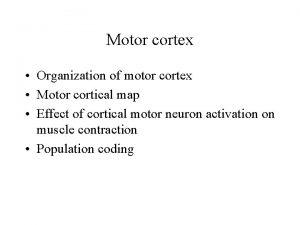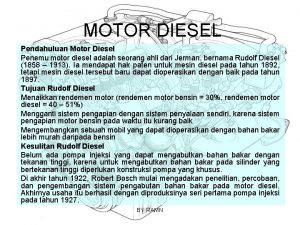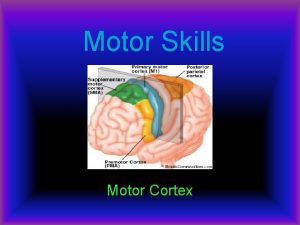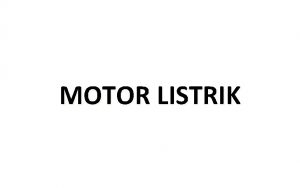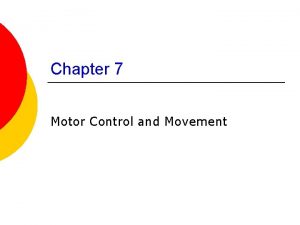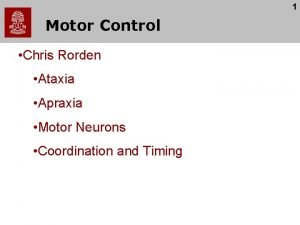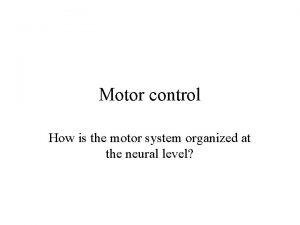Motor control Importance of motor control All of








































- Slides: 40

Motor control

Importance of motor control • All of the “cognition” that we’re interested in must end in behavior— movement. • Brain terrain – Where is it/where do I want it to be? – What do I want to do with it? – Get the body to move it.

Cortical motor structures Motor Eye movements Planning somatosensation Spatial stuff for movement Abstract Planning

Hierarchy: planning & execution Planning Execution

Comparison of motor planning and execution Planning AND Execution

Comparison of motor planning and execution Execution but minimal planning

Comparison of motor planning and execution Planning but no execution

Can lower level of hierarchy operate without the higher?

The ability can be impressive

2 types of control • Stuff that your body is ready to do such as reflexes, & biases to the system • Planned control (which can usually overcome these biases, if necessary) • Movement is usually a product of both

Demonstration of biases • Fingers—move in phase • Hands move in phase

NOTE that this implies that control is about trajectories You get these oddities because you have biases in the trajectories of movements

Evidence for trajectories Monkey must move two jointed arm to a lighted target

A single neuron

Summary of many neurons Each line = 1 neuron: direction = preferred direction length = vigor of firing

Summary

These data indicate that movement is coded in terms of directions. But other data indicate it is in terms of endpoints

Polit & Bizzi

Traditional models

More recent model Trajectory (space) Endpoint (muscle)

Sequencing

Hierarchical representation of action sequence • Complex actions – Serving a tennis ball – Playing the piano • Are these actions simply constructed by linking independent movements? Or are they guided by hierarchical representational structures that govern the entire sequence?

Serve toss hit Cognitive Follow through Muscle actions

Hierarchical representation of action sequence • Some aspects of motor learning are independent of the muscular system used to perform the actions. • Motor representations are not linked to particular effector systems. • Handwriting example.


Hierarchical representation of action sequence • Peter Vidman Olympic gymnast said: • “As I approach the apparatus…the only thing I am thinking about is…the first trick…. Then, my body takes over and hopefully everything becomes automatic…. ”

Just go. . Pete Sampras, not serving

Perceptual motor integration Can you just “run” one of these programs? Or do you need perceptual feedback as you go?

Peripheral control of movement and the role of feedback

Perceptual motor integration Some simple movements can be made without feedback, but usually the movement is much more effective with feedback. Think of walking down a hallway with your eyes closed. Try writing your name with your eyes closed

Perceptual motor integration Proprioception--feeling from skin, joint receptors, and muscle receptors, that tells you where your limbs are. Proprioception is important because knowledge of limbs location is important for egocentric space.

Motor skill learning Fitts’s stage theory Schmidt’s schema theory Willingham’s COBALT

Fitts’s stage theory Cognitive--conscious, think of rules, basic strategies Associative--unconscious, hook up of stim & resp Autonomous--stim & resp are well represented, and verbal representation drops out.

Schmidt’s schema theory Generalized motor program: one that can produce a whole class of movements; e. g. , swinging a bat, swinging a racquet, throwing a ball.

Analogy: regression 100 80 60 40 20 0 0 2 4 6 8 A rm positi on 10

Advantage of theory: it can account for the flexibility of motor behaviors. Disadvantage: the data to support it aren’t that strong.

COBALT COntrol BAsed Learning Theory Basic premise: motor skill grows directly out of processes that support motor control.

Where is it/where do I want it to be? (perceptual-motor integration, sequencing) What do I want to do with it? (strategic) Get the body to move it. (dynamic) Strategic: deciding what to do Perceptual-motor integration: selecting spatial targets Sequencing: assembling the sequence of spatial targets Dynamic: translating targets into pattern of muscle movements.

In addition, there are two modes in which movements can be expressed: conscious & unconscious.

What makes this model different • It is a neuropsych model, with proposals for the neural bases of all of these processes • It emphasizes that conscious knowledge can be useful at any time during training, not just early. • Automaticity occurs through the parallel development of conscious & unconscious knowledge. • Accounts for choking.
 Motor control importance
Motor control importance Name all the lines name all the segments name all the rays
Name all the lines name all the segments name all the rays Importance of motor skills in child developmentdevelopment
Importance of motor skills in child developmentdevelopment Pony motor starting method
Pony motor starting method A motor unit consits of
A motor unit consits of Pony motor starting synchronous motor
Pony motor starting synchronous motor Motor parts name
Motor parts name Pony motor starting synchronous motor
Pony motor starting synchronous motor All test pro 7
All test pro 7 Aviation tool control
Aviation tool control Eoq graphical method
Eoq graphical method Importance of quality in pharmaceutical industry
Importance of quality in pharmaceutical industry Love all serve all help ever hurt never
Love all serve all help ever hurt never Interventi sociali rivolti alla persona
Interventi sociali rivolti alla persona Above all powers above all kings
Above all powers above all kings I work all night
I work all night Basic communication operations in parallel computing
Basic communication operations in parallel computing Sistem all in all out
Sistem all in all out Arteria mediana cubiti
Arteria mediana cubiti Silent night holy night all is calm
Silent night holy night all is calm 馮定華神父
馮定華神父 All of you is more than enough for all of me
All of you is more than enough for all of me 1012069
1012069 No guilt in life no fear in death
No guilt in life no fear in death Above all powers
Above all powers Speed control of squirrel cage induction motor
Speed control of squirrel cage induction motor Dsp block
Dsp block Theories of motor control
Theories of motor control Four quadrant motor control
Four quadrant motor control Schmidt's theory of motor control
Schmidt's theory of motor control Neuromotor basis for motor control
Neuromotor basis for motor control Bldc motor control theory
Bldc motor control theory Traction motor control
Traction motor control Identify the problem in this motor control plc program
Identify the problem in this motor control plc program Model informasi dari motor control
Model informasi dari motor control Stator voltage control of induction motor
Stator voltage control of induction motor Pic33ep512
Pic33ep512 Series parallel control of electric traction motor
Series parallel control of electric traction motor In ac motor control bi bi f is kept constant to
In ac motor control bi bi f is kept constant to Rms output voltage
Rms output voltage Stark motor control
Stark motor control
